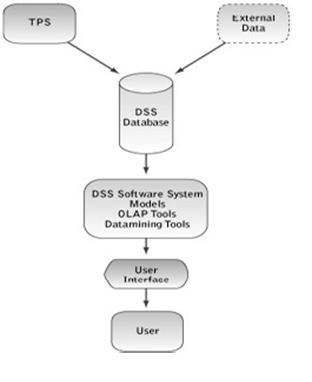Credit (change) cards have been very big business for several decades. In 2001, over $30 trillion in payments for goods and services were charged using credit cards. The cards have made life easier for many people because they do not need to carry large amounts of cash for most purchases. Many people also use the cards as a way to borrow money because they need only pay a small percentage of the amount they owe each month, although they are usually charged very high interest rates for the unpaid balance. The interest goes to the issuing bank, making credit cards a very profitable service for them. However, the credit card industry is intensely competitive, highly fragmented, and growing at aContinue reading
Management Information Systems
Case Study: Siebel’s Solution for Tata Motors
TATA Motors is India’s foremost, and the only fully integrated automobile manufacturer. Established in 1945 as TATA Engineering & Locomotive Company (TELCO), to manufacture locomotives and other engineering products, the company is today among the world’s top 10 producers of commercial vehicles. TATA Motors was also previously known as TATA Engineering. It is today one of the biggest and most prominent companies in the TATA group, with an annual revenue of $1.8 billion in 2001-02. Today TATA motors’ vehicles run in more than 70 countries. TATA Motors use a manual dealer management system, where every dealer managed details. With legacy-based systems, the environment produced inconsistent data, making interpretations difficult and resulting in inefficient planning for capacity and spare parts. TheContinue reading
Management Information System Growth Stages
It is pertinent to realize the importance of growth of MIS in stages in order to encounter increasing complexity of business processes and changing scenario of management. MIS development evolves from EDP systems. The EDP systems have rudimentary technology to handle clerical and supervisory operations in an organisation. This is initiation stage. The advantages of computerization are gradually realized by most of the people in an organisation. This realization leads to proliferation of computer, networking technologies and computer based system applications within an organisation. This is contagious stage. Next stage is typified by planning and control. As demand for computerization increases, a need is realized for cost-benefit analysis. This is imperative to plan for future MIS in a cost effectiveContinue reading
Human Resource Development Systems
Ever since the organisations had been involved in some activity, the human being working there as employees are continued to be considered as valued assets. This is the reason for relevance of human resource management just like any other resource management. Organisational effectiveness and efficiency, growth of business, sustenance of competitive advantage can be attributed to the development of an appropriate corporate culture within an organisation by integrating business and human resource strategies. HRD management emphasizes on optimum utilization of human resources by formulating consistent and coherent policies aimed at promoting commitment to the organisation. This commitment of employees yield optimum level of efficiency from them and unleash a wave of creativity in the midst of theContinue reading
Decision Support Systems (DSS)
Decision Support Systems (DSS) help executives make better decisions by using historical and current data from internal Information Systems and external sources. By combining massive amounts of data with sophisticated analytical models and tools, and by making the system easy to use, they provide a much better source of information to use in the decision-making process. Decision Support Systems (DSS) are a class of computerized information systems that support decision-making activities. DSS are interactive computer-based systems and subsystems intended to help decision makers use communications technologies, data, documents, knowledge and/or models to successfully complete decision process tasks. While many people think of decision support systems as a specialized part of a business, most companies have actually integrated this system intoContinue reading
Case Study on Information Systems: Cisco Systems
Cisco Systems advertises itself as the company on which the Internet runs, and this San Jose, California, company does dominate the sale of network routers and switching equipment used for Internet infrastructure. Under the leadership of CEO John Chambers, it has been so successful that it even briefly became the most valuable company on earth in early 2000, reaching a valuation of $555 billion and a stock price of more than $80 per share. One key to its success is that Cisco uses information systems and the Internet in every way it can. However, by April 2001 the stock closed below $14, a decline of more than 80 percent, while the company value fell to around $100 billion. What wasContinue reading




